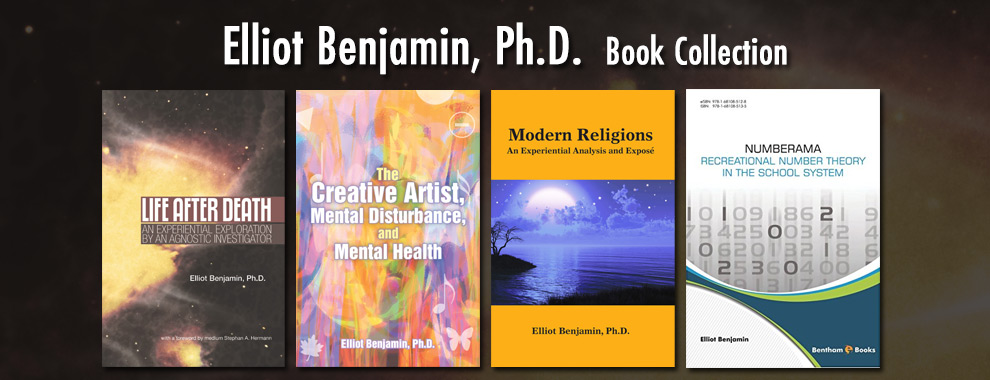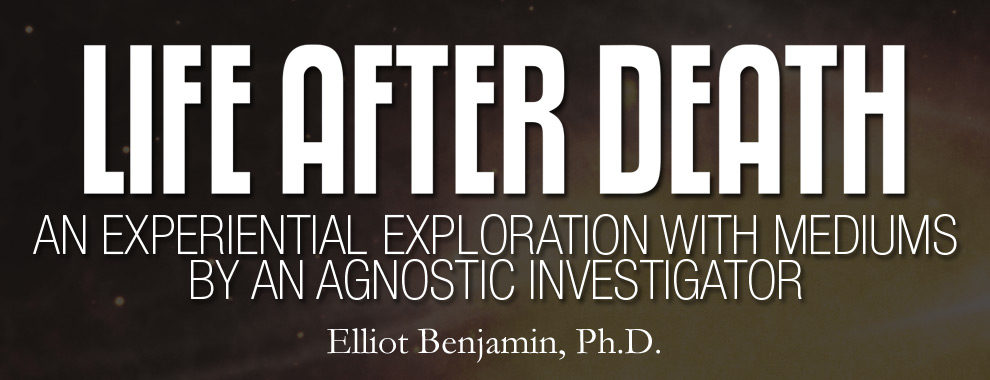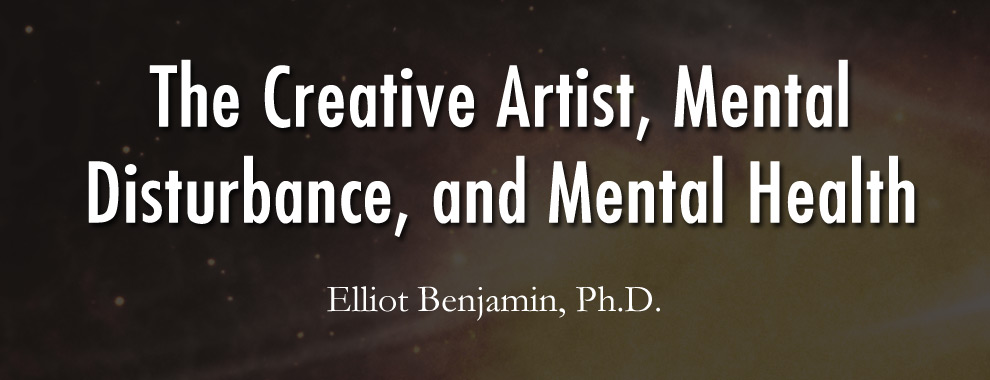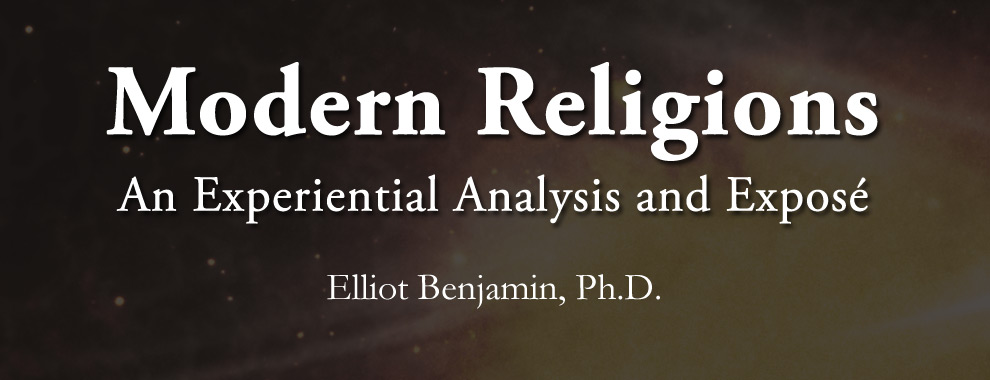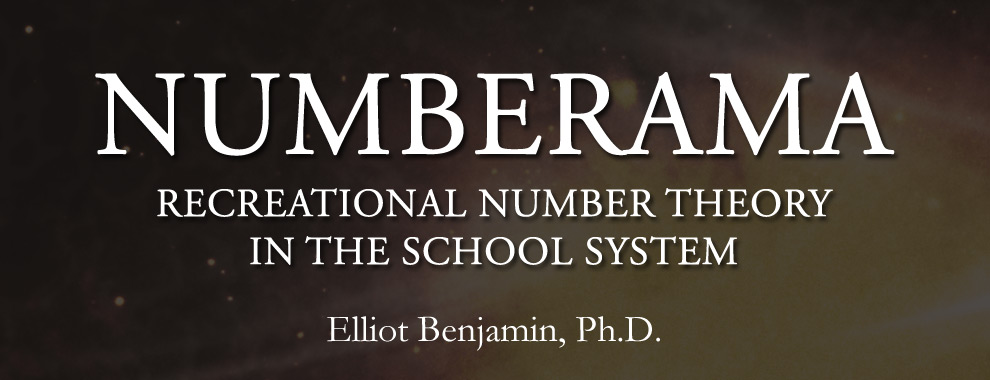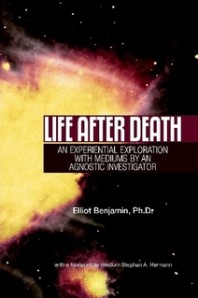
Life after Death: An Experiential Exploration with Mediums by an Agnostic Investigator
Is there life after death? An agnostic investigator explores this question through the communications of mediums in a variety of settings at a Spiritualist camp in Maine—inclusive of interviews and personal experiential sessions (sittings), séances, and diverse workshops. Through a combination of direct personal experience, self-reflections, and critical analysis, all of which was part of his psychology Ph.D dissertation research at Saybrook University, Elliot Benjamin comes to his own experiential conclusions concerning the question of life after death. The book includes a foreword written by one of the mediums who participated in this study.
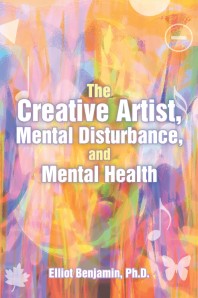
The Creative Artist, Mental Disturbance, and Mental Health
This book describes The Artistic Theory of Psychology, in which a dominant focus is on the successful creative artist and mental health. However, the book also describes the relationship of the creative artist to mental disturbance in various contexts, including an innovative academic treatment, personal experiential essays written by the author, excerpts related to the author’s semi-autobiographical novel, and illustrative blog excerpts from the author’s struggling actor son. The main theme of the book is that through humanistic supportive environments for creative artists, the phenomenon of the successful creative artist in the context of success in both one’s creative artistic endeavors as well as a satisfactory adjustment to day-to-day life, can be nourished and enhanced. The focus is on viewing the creative artist in a humanistic context as an alternative to psychiatric classifications and medications, and includes a description of the qualities of eccentricity, resilience, and egocentrism related to the author’s son’s struggling actor blog entries, and the relationship of these qualities to mental disturbance and mental health. The self-actualization psychology of Abraham Maslow is utilized as a basis of formation for the Artistic Theory of Psychology, which postulates that the successful creative artist, as defined in the book, resonates with the highest levels of Maslow’s hierarchy of human potential, that there are some people labeled as “mentally ill” who have the potential of becoming successful creative artists, and that a sensitive, understanding, and supportive educational environment may be conducive to enabling a mentally disturbed person with creative artistic potential to significantly develop and actualize this potential in life.
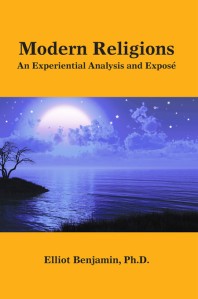
Modern Religions An Experiential Analysis and Exposé
This book is an experiential analysis of over twenty modern religious/spiritual groups. The book is divided into two generic segments, inclusive of a tri-perspective experiential analysis using a variety of cult danger rating scales, and a more personal experiential description of the author’s involvement in these groups, written in stream of consciousness essay form. The groups explored include controversial religious organizations such as Scientology and The Unification Church, as well as lesser known religious groups such as Conversations with God and Avatar, and also new age retreat centers such as Omega Institute for Holistic Studies and Kripalu Center for Yoga and Health. The author describes both the dangers and benefits of various groups, and based upon his own experiences is able to rate these groups on a cult danger vs. spiritual benefits scale on a gradient from “high cult danger” to “favorable spiritual group.”
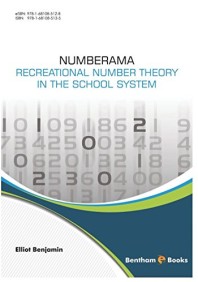
Numberama: Recreational Number Theory in the School System
This book conveys the enjoyment of mathematics, in the form of playing with some fascinating numbers, to the children in our schools. The branch of mathematics that literally plays with numbers is known as Recreational Number Theory, and includes questions about numbers that any school child learning arithmetic can readily understand, and even work on to solve. These questions involve the discovery of patterns, formulas, and unusual numbers, and are enticing, adventuresome, challenging, and most important of all—fun. Part 1 of the book consists of 55 Recreational Number Theory problems, and Part 2 consists of 20 Recreational Number Theory games that are based upon the problems introduced in Part 1. The Recreational Number Theory problems and games in this book will be valuable to children in elementary and middle schools, mathematics teachers, prospective mathematics teachers, parents, and interested readers in general.
